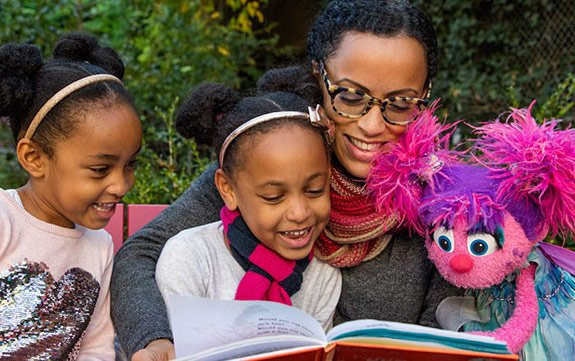Bringing Childhood Trauma Front and Center

The Challenge
Millions of children in the United States—nearly half of all children in fact—face some sort of traumatic experience when they’re young. This can include things like the death of a parent or guardian, living with someone who struggles with drug or alcohol abuse, or being the witness to violence in the home or community. Going through such an experience is difficult in the moment but can leave lasting impacts too. Children who face more traumatic events—known as adverse childhood experiences (ACEs)—have higher rates of substance abuse, depression, obesity, heart disease and smoking when they get older.
Trauma can be hard to talk about, too. Children who go through it can feel like they’re at fault. Families and communities dealing with these events often worry that they have no good way to get through them. Policymakers might wonder if there’s any way for them to approach what are very personal experiences and topics.
Our challenge was to identify and execute the best mix of strategies to raise awareness of ACEs, as well as how families and communities can build resilience.
Our Approach
The Robert Wood Johnson Foundation was working with two key grantees to advance understanding of and responses to ACEs.
The Child and Adolescent Health Measurement Initiative (CAHMI) at Johns Hopkins was releasing new national data on ACEs and related factors. These were the newest and most widespread data available in several years. Separately, Sesame Workshop developed new trauma-related content for its Sesame Street in Communities initiative. The content is intended to give community service providers and families more tools to talk to children about trauma and help them respond to it.
Working with the Robert Wood Johnson Foundation, Sesame Workshop and CAHMI, we developed a multi-part media strategy to promote all of this work and advance issues related to childhood trauma.
We knew that these two stories together would be stronger than either on its own. The well-loved and trusted Sesame Street characters could introduce trauma to a wide audience and highlight practical resources providers and parents could use. The data could advance policy conversations. So we worked across partners to better align the timing of these two releases and the messaging and data all parties would use.
We developed media strategies for both announcements that reinforced each other at the national and state levels. We identified local champions to put a face on the data and explain how communities are working to help families respond to trauma, and to prevent it in the first place.
Results and Impact
Our collective efforts garnered widespread media coverage. Richard Besser, the president and CEO of the Robert Wood Johnson Foundation, and Sherrie Westin of Sesame Workshop, took part in live, in-studio interviews on the Today Show and Good Morning America, accompanied by Elmo, Rosita, Abbie Cadabby and Big Bird. The Washington Post wrote stand-alone stories on the announcements from both Sesame and CAHMI, covering the topic as a whole twice in the span of a few weeks. Inside Philanthropy wrote a deeper dive on RWJF’s work in this area, again covering both separate announcements.
In addition to the prominent national media coverage, there were data- focused stories in 23 states, including by the Baltimore Sun, Wisconsin Public Radio and the Associated Press in West Virginia. Many of the articles covered the data and policy options highlighted, and profiled the work of local community leaders we identified.
Overall, the media coverage included the mix of data, messages, and spokespeople that Burness and the Robert Wood Johnson Foundation had prioritized together, capitalizing on the collective strengths both projects offered.